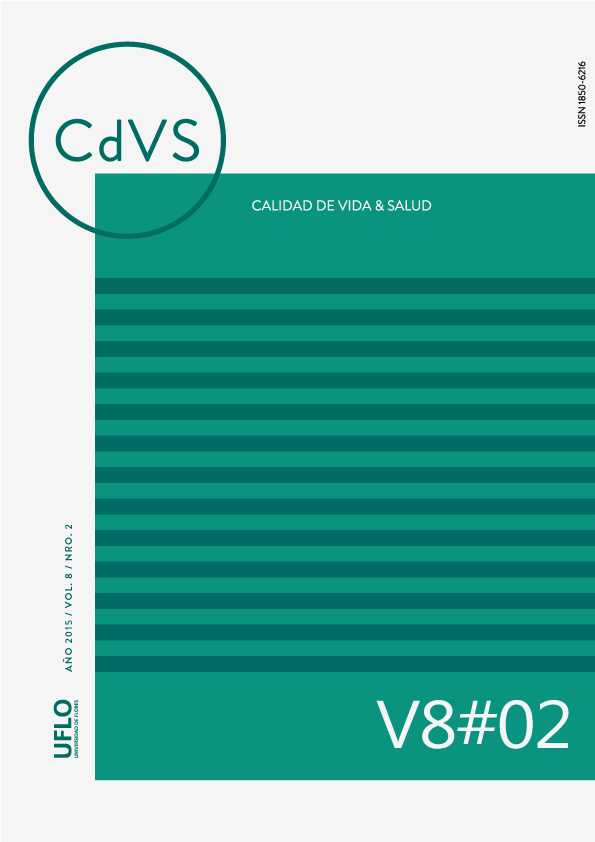Ansiedad y Depresión en el niño Diabético y su relación con los Estilos Familiares
Abstract
Ante una enfermedad crónica en un niño todo el sistema familiar se ve alterado. El paciente sigue siendo un niño, no entiende el porqué de esa enfermedad, tiene que aprender a vivir con algo que le impide hacer la misma vida que el resto de niños. Los padres pasan de tener una vida tranquila a tener que estar muy pendientes del niño. El objetivo de esta investigación ha sido doble analizar los niveles de ansiedad y la depresión del niño diagnosticado de Diabetes Mellitus tipo 1 (DM1) y estudiar la relación entre dichas psicopatologías y los estilos familiares. Los participantes en el estudio han sido 27 pacientes con edades entre los 6 y los 17 diagnosticados de DM1. Para la medición de las variables objeto de estudio se utilizaron dos instrumentos: Escala de identificación de prácticas educativas familiares, (PEF) y el Cuestionario de respuesta adaptativa a la enfermedad en pacientes diabéticos, CECAD (Cuestionario Educativo-Clínico: Ansiedad y Depresión). En general los resultados sugieren que los participantes presentan niveles bajos de depresión y ansiedad. El estilo educativo más frecuente es el equilibrado, y, no parece haber relación entre la psicopatología y el estilo educativo.
Published
How to Cite
Issue
Section
The authors who publish in this journal accept the following conditions:
1. The authors retain the copyright and assign to the journal the right to first publication, with the work registered under the Creative Commons Attribution license, which allows third parties to use what has been published as long as they mention the authorship of the work and the first publication in this journal.
2. Authors may make other independent and additional contractual agreements for non-exclusive distribution of the version of the article published in this journal (e.g., inclusion in an institutional repository or publication in a book) provided that they clearly indicate that the work was first published in this journal.
3. Authors are permitted and encouraged to publish their work on the Internet (e.g., on institutional or personal pages) before and during the review and publication process, as this may lead to productive exchanges and greater and faster dissemination of published work (see The Effect of Open Access).









